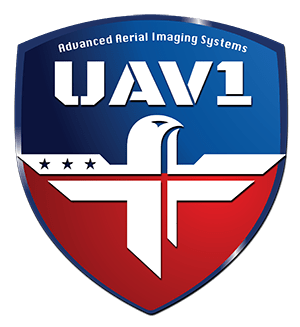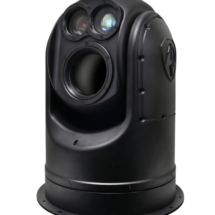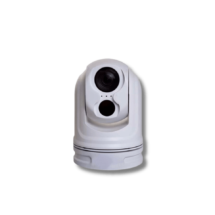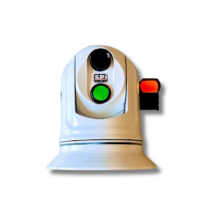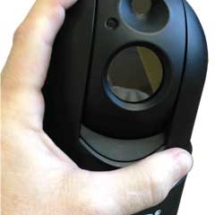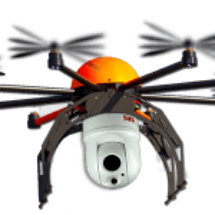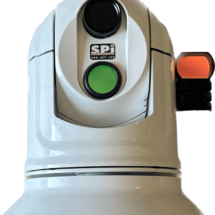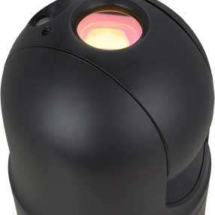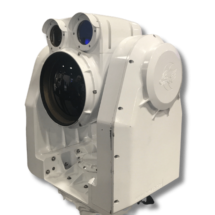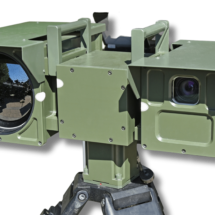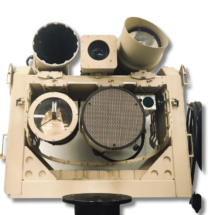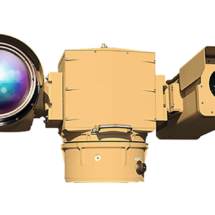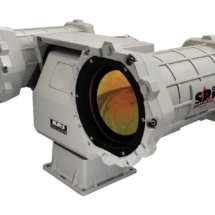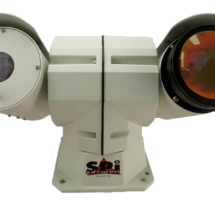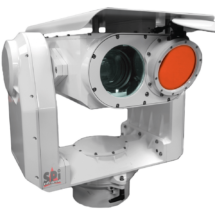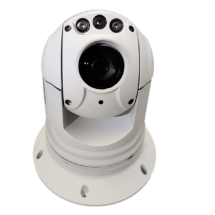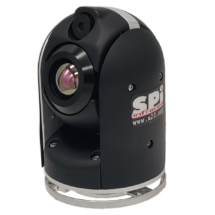Introduction
The gimbal, a device that has revolutionized photography and cinematography, has a history as fascinating as its function. This article takes a deep dive into the annals of time, tracing the origins and development of the gimbal, and speculating about the potential future evolutions of this incredible technology.
The Ancient Roots of the Gimbal
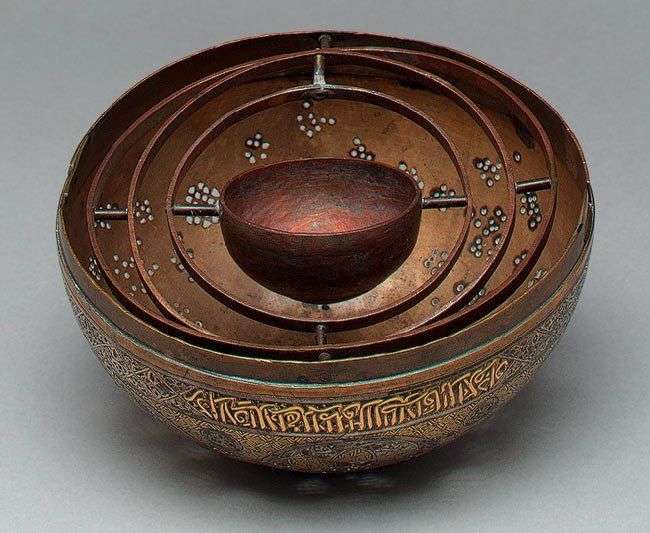
Gimbals might seem like a modern invention, but their roots stretch back to ancient times. The earliest known gimbal was discovered in a Greek incense burner dating back to the 3rd century BC. This rudimentary device allowed the incense burner to swivel, maintaining its upright position regardless of the movement of the ship it was on.
In such ancient times, the dissemination of knowledge was vastly different from today’s globalized and interconnected world. Without widespread education systems, mass media, or the internet, many technological advancements remained within a narrow circle of inventors, scholars, or specific communities.
The ancient Greeks were known for their contributions to science and engineering, but the awareness and understanding of such technologies like gimbals were not widespread among the general population. The use and recognition of gimbals would have largely depended on one’s profession, education, and societal status. Over the centuries, the concept of gimbals evolved, and their applications expanded, especially with the advent of maritime navigation and later, filmmaking and aerial photography.
The Invention of the Modern Gimbal

A gimbal is a pivoted support that allows the rotation of an object about a single axis. The invention of the gimbal is attributed to the ancient Chinese, with its earliest documented use dating back to the Han Dynasty (202 BC – 220 AD). The Chinese inventor and engineer Ding Huan is often credited with creating the first gimbal system during this period.
Ding Huan’s gimbal was used as part of an incense burner, designed to keep the incense holder in an upright position regardless of the movement of its base. This early application of the gimbal system showcased its potential to maintain stability and balance, principles that are still fundamental to its use in modern technology.
Over the centuries, the gimbal has evolved and found applications in various fields, including navigation, photography, and aerospace. Today, gimbals are commonly used in stabilizing cameras for filmmaking, ensuring the stability of shipboard compasses, and maintaining the orientation of instruments in spacecraft.

The Gimbal in the 20th Century
The 20th century saw the gimbal technology being adopted into more complex systems. In particular, gimbals became crucial components in navigation systems for ships and spacecraft. They allowed compasses and gyroscopes to remain level, providing accurate readings regardless of the movements of the vessel.
The later part of the century saw the introduction of the gimbal into the film industry. Early film and television camera gimbals were bulky and expensive, making them accessible only to high-budget productions.
Gimbals Enter the Consumer Market
Advancements into the 21st century have ushered in a new era of gimbal technology, significantly miniaturized and democratized due to digital innovations. Presently, gimbals have become lightweight, affordable, and readily accessible for consumer cameras and smartphones, propelling the realms of videography and photography to new heights globally.
In this technological wave, the company DJI emerged as a key player with their Ronin series of gimbals in 2014, bringing professional-grade camera stabilization to the mainstream and altering the videography landscape indefinitely.
Furthermore, the integration of gimbals into drones and military UAV (Unmanned Aerial Vehicle) cameras has marked a pivotal development, enhancing the capabilities of aerial photography, surveillance, and reconnaissance. Gimbals have become indispensable in stabilizing cameras on drones, ensuring smooth and clear imagery despite the UAVs’ movements during flight. This stabilization is crucial for various applications, from commercial aerial videography to critical military surveillance missions where clear, steady footage is paramount.
At UAV1.com, we specialize in providing a myriad of UAV gimbal solutions. UAV1’s gimbal cameras are meticulously engineered to cater to diverse applications ranging from commercial surveillance to military operations. The UAV gimbals on offer, including the lightweight thermal gimbal and advanced 4K UAV gimbals, are tailored to meet the demanding standards of various professional scenarios. Our offerings ensure precise control and reliable performance, thereby significantly enhancing the functionality and efficiency of drones across different spectrums.
The Future Market Of UAV Gimbals

The global EO/IR gimbal market, valued at $604.90 million in 2020, is predicted to soar to $2.1 billion by 2030, with a CAGR of 13.3% from 2021 to 2030. EO/IR gimbals, pivoting supports allowing object rotation on a single axis, primarily comprise electro-optical (EO) and infrared (IR) sensors along with a gyroscope for camera stabilization. These gimbals have various applications such as search & rescue, aerial survey, fire inspection, and traffic surveillance.
The market growth is propelled by rising demand for intelligent sensors, sighting devices, countermeasures, and reconnaissance. However, the emergence of new upgraded technologies poses challenges. Notable features of EO/IR gimbals include object tracking, real-time video stabilization, navigation, onboard video encoding, anti-vibration, and GEO-lock.
The growth is further fueled by a surge in drone demand for recreational purposes, businesses’ interest in developing next-generation logistics, and an increase in intelligent surveillance requirements. Nonetheless, drone use regulations by different countries restrain market growth. The market is segmented by product type into 2-axis and 3-axis EO/IR gimbals and by end-use into UAV/UAS, defense, marine, law enforcement, among others.
Region-wise, the market is analyzed across the U.S. and the rest of the world, with the latter holding a major share due to a surge in demand from marine and defense sectors globally. Key impacting factors include rising consumer interest in drones, increased defense investments, and R&D activities. Source
Conclusion
From its humble beginnings in ancient Greece and China to its indispensable role in modern photography, the gimbal has come a long way. As we move into the future, this versatile device is set to continue evolving, pushing the boundaries of what’s possible in videography and beyond. Whatever happens, one thing is clear: the gimbal, once an obscure piece of technology, is now a staple in our visual world.
Resources
Needham, Joseph. (1986). Science and Civilization in China: Volume 4, Physics and Physical Technology; Part 2, Mechanical Engineering. Taipei: Caves Books Ltd. Page 229.
Francis C. Moon, The Machines of Leonardo da Vinci and Franz Reuleaux: Kinematics of Machines from the Renaissance to the 20th century, p.314, Springer, 2007 ISBN 1-4020-5598-6.
Sarton, George (1959). A History of Science: Hellenistic Science and Culture in the Last Three centuries B.C. Cambridge: Harvard University Press. pp. 349–350.
Carter, Ernest Frank (1967). Dictionary of Inventions and Discoveries. Philosophical Library. p. 74.
Seherr-Thoss, Hans-Christoph; Schmelz, Friedrich; Aucktor, Erich (2006). Universal Joints and Driveshafts: Analysis, Design, Applications. Springer. p. 1. ISBN 978-3-540-30169-1.
Krebs, Robert E.; Krebs, Carolyn A. (2003). Groundbreaking Scientific Experiments, Inventions, and Discoveries of the Ancient World. Greenwood Press. p. 216. ISBN 978-0-313-31342-4.
Needham, Joseph. (1986). Science and Civilization in China: Volume 4, Physics and Physical Technology; Part 2, Mechanical Engineering. Taipei: Caves Books Ltd. p.233.
Handler, Sarah (2001). Austere Luminosity of Chinese Classical Furniture. University of California Press (published October 1, 2001). p. 308. ISBN 978-0520214842.
Needham, Joseph. (1986). Science and Civilization in China: Volume 4, Physics and Physical Technology; Part 2, Mechanical Engineering. Taipei: Caves Books Ltd. pp.233–234.
Needham, Joseph. (1986). Science and Civilization in China: Volume 4, Physics and Physical Technology; Part 2, Mechanical Engineering. Taipei: Caves Books Ltd. p.234.^ Needham, Joseph. (1986).
Science and Civilization in China: Volume 4, Physics and Physical Technology; Part 2, Mechanical Engineering. Taipei: Caves Books Ltd. pp.234–235.
Description for this block. Use this space for describing your block. Any text will do. Description for this block. You can use this space for describing your block.
Our UAV Gimbal Cameras
Weight
Series
IR Thermal Resolution
Visible Channel Resolution
Cooling
Welcome To UAV1
All Things Thermal
At UAV1 we specialize in advanced thermal, night vision, and IR imaging cameras and systems. We custom design and build comprehensive long range surveillance cameras for mounted, vehicle, and mobile imaging operations.
Long Range Thermal Imaging PTZ Cameras
Long Range Thermal PTZ Cameras with IR rangefinders, auto-tracking, and up to 60km detection range.
Thermal Drone Cameras For Commercial and Personal Use
Micro thermal cameras designed specifically for drones, UAVs, and UAS, some weighing less than 160 grams, for extended range observation.
Night Vision Products
Night vision scopes, clip-on sights, accessories, and goggles tailored for military and hunting applications.
About UAV1
At UAV1, we harness the power of thermal imaging to offer solutions tailored to your company’s specific needs. Whether you’re looking to monitor infrastructure, conduct surveillance in low-light conditions, or detect energy inefficiencies in buildings, our state-of-the-art thermal cameras can provide unparalleled insights.
But why choose UAV1?
- Advanced Technology: Our thermal cameras are equipped with high-resolution sensors, ensuring that you receive clear and detailed thermograms for accurate analysis.
- Versatility: Suitable for a range of applications, our solutions can be customized to fit your industry’s requirements.
- Expertise: Our team of professionals is well-versed in the intricacies of thermal imaging, ensuring that you get the most out of our technology.
- Continuous Support: From initial consultation to post-deployment assistance, we’re with you every step of the way.
Thermal imaging is more than just a tool; it’s a window into a world unseen. Discover its potential and elevate your company’s operations to new heights. To explore how UAV1 can be your partner in this journey, contact us today.
